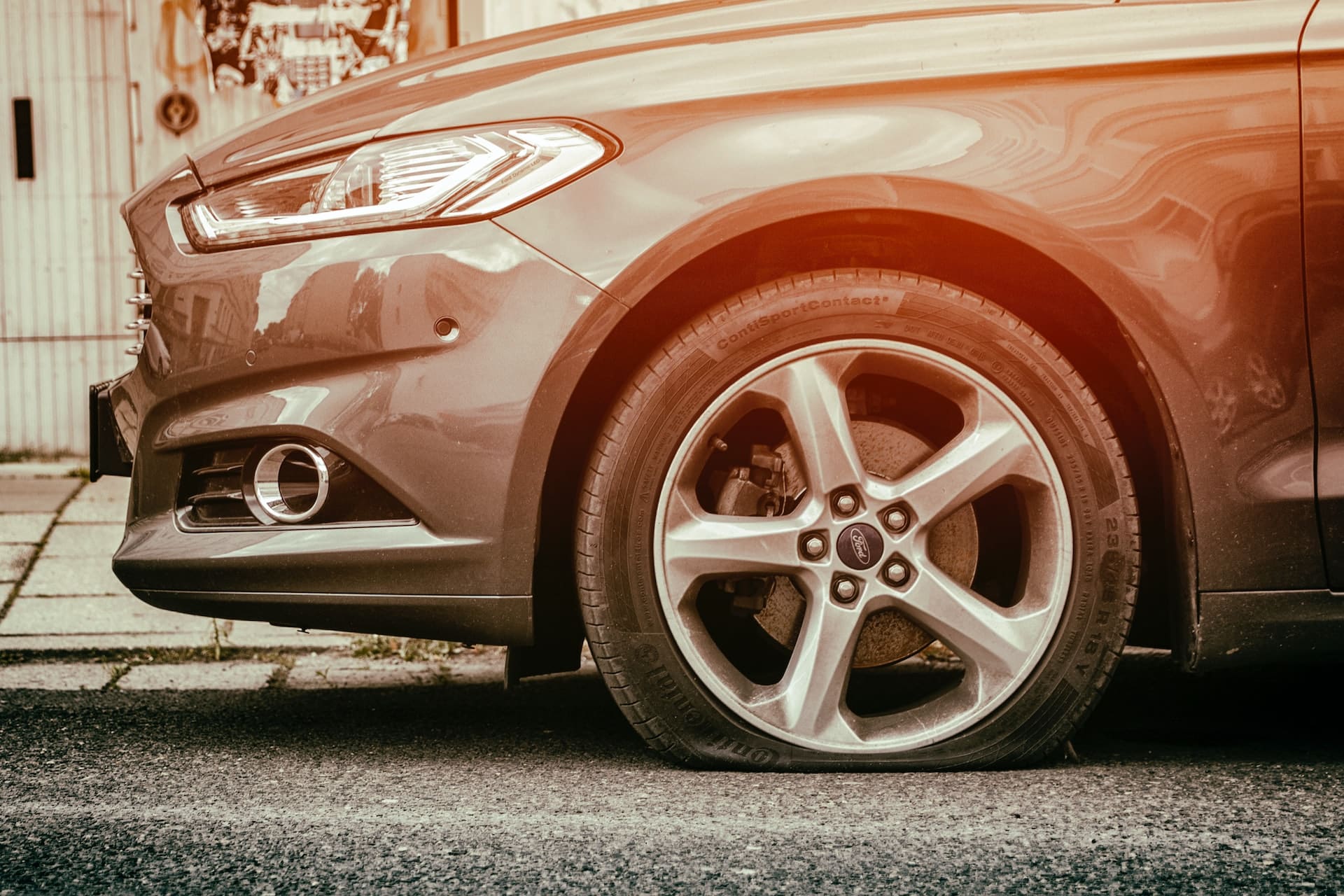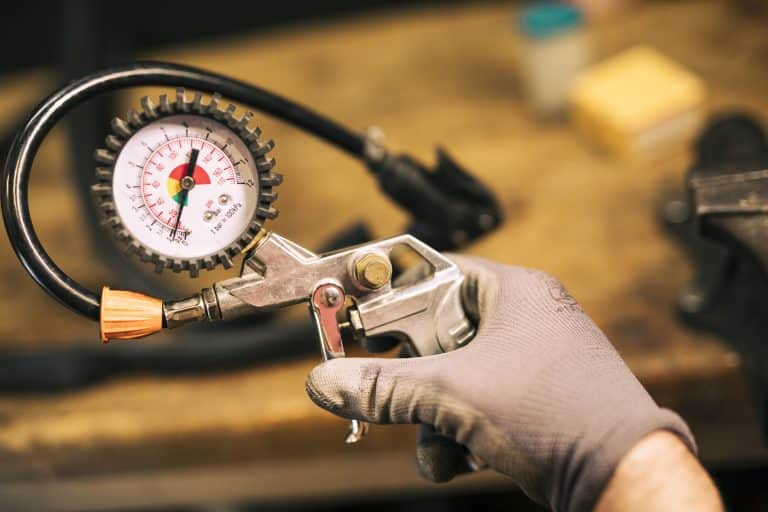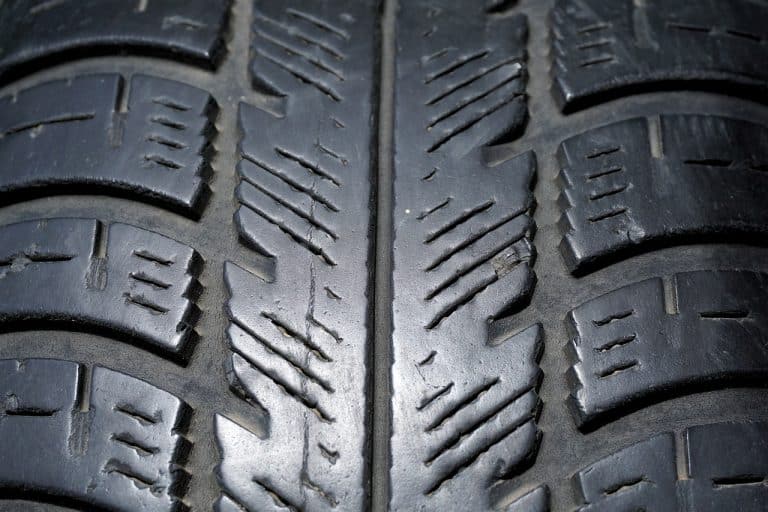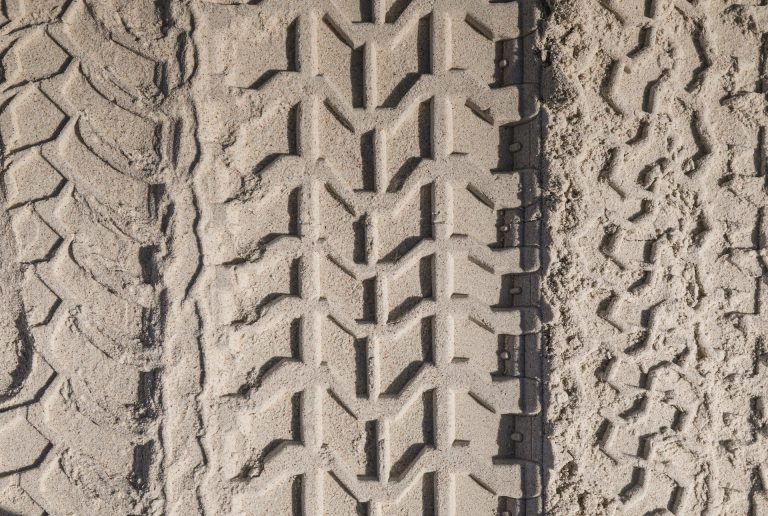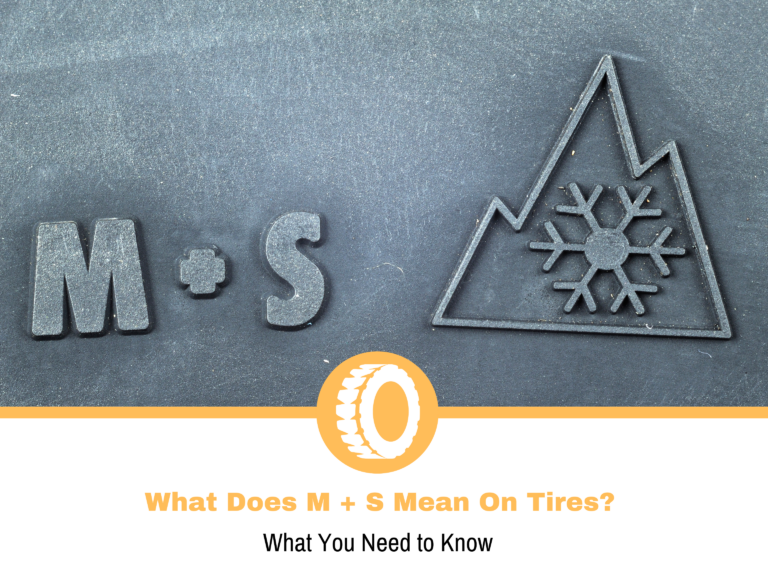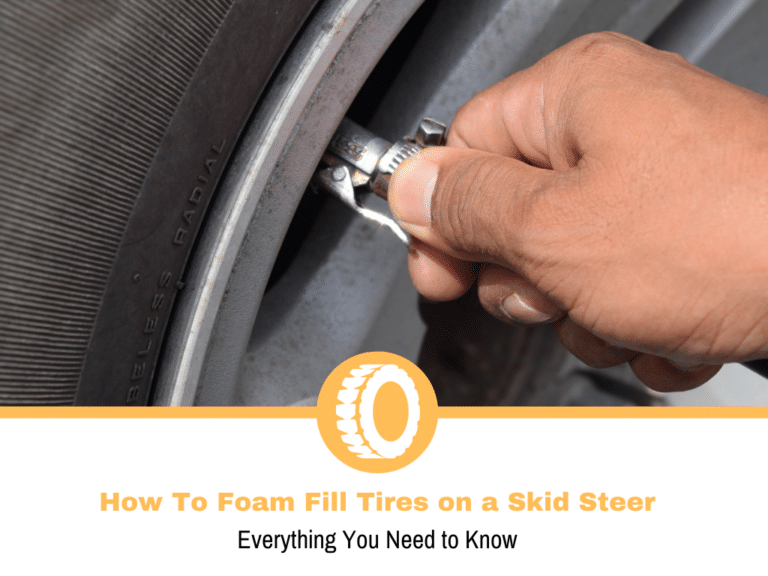Can I Plug A Run Flat Tire?
Run flat tires are designed to be driven on after being punctured, which differentiates them from all other tire types on the market. Rarely, any manufacturer these days offers you a full-size spare, which means that having run flat tires can save you the hassle of using a tire inflation kit or that weird-looking space saver tire that looks like your car missed leg day at the gym.
As such, run flat tires certainly do seem like a good idea, especially if they can be plugged after puncturing. So, can I plug a run flat tire?
Can I Plug A Run Flat Tire
Unfortunately, you can’t. Run flat tires are completely different when compared to normal tires because they are designed with two sidewall layers that are intended to withstand the weight of the car after a puncture or even after a complete loss of air pressure.
However, when your car starts sitting on these run flat tires, they become structurally compromised and can no longer be repaired. So, even if you somehow do plug the tire and manage to inflate it, the tire will not be able to maintain its original shape and thus is going to be completely unusable.
What Are The Benefits Of Run Flat Tires?
- Being able to drive with a punctured tire
- Durability
- On-road safety
- Fuel savings
- Space savings
Can I Drive On A Punctured Run Flat Tire?
The whole point of having run flat tires is to be able to drive them in an event of a puncture. These tires are designed to not only be functional in an event of a puncture but also after a complete loss of air pressure even if the tire is badly damaged. Sure, you shouldn’t be driving quickly with punctured tires, but having the ability to drive at all can sometimes be a lifesaver.
Are Run Flat Tires More Durable?
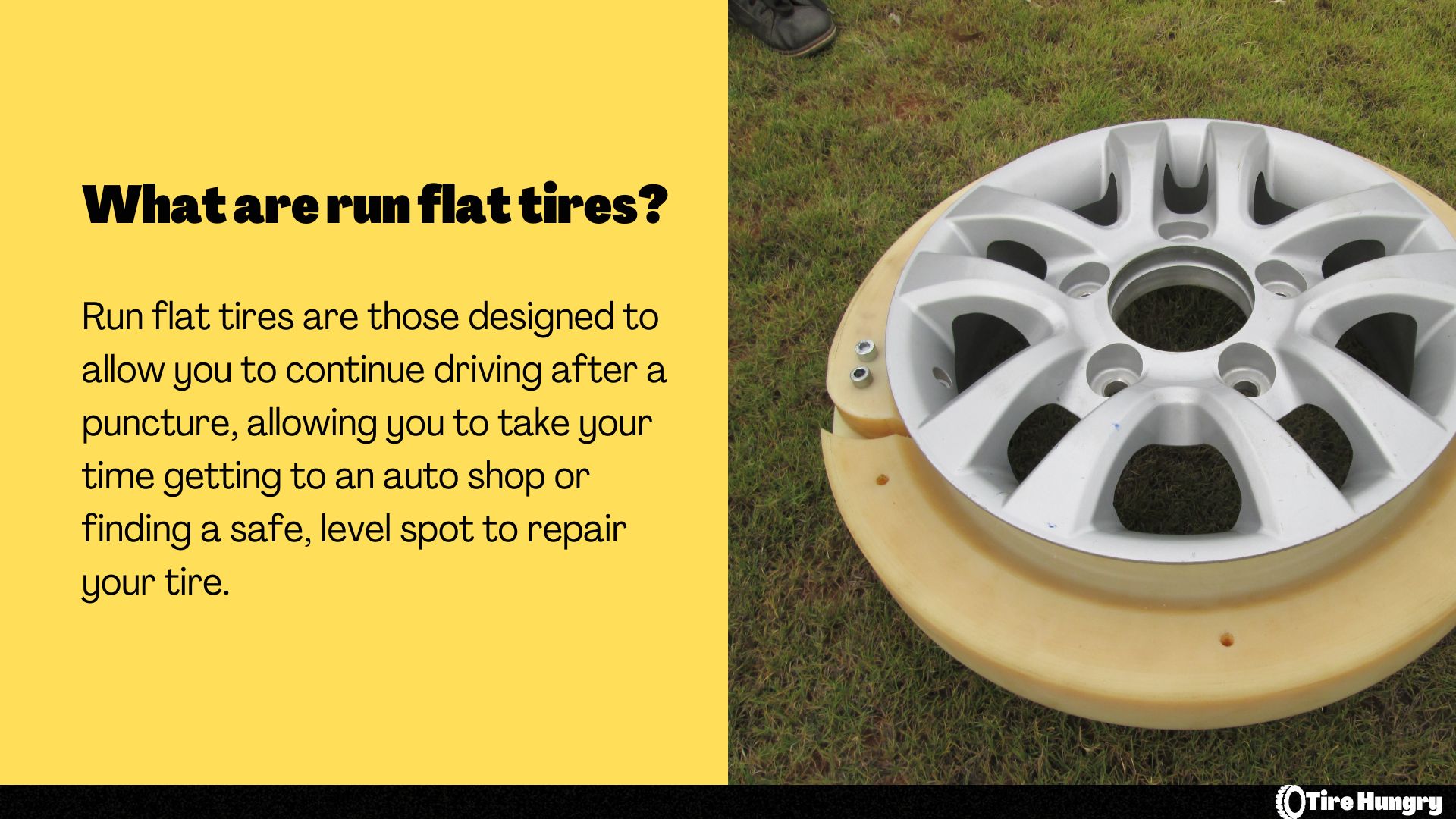
Yes, run flat tires are more durable than normal tires because they are constructed with thicker sidewalls that can withstand the weight of the car, something normal tires simply can’t do. As such, these tires are beefier, heavier, and can withstand the abuse a lot more. You do need to keep in mind that these benefits are relevant even if your tire is completely intact.
Are Run Flat Tires Safer?
One of the main problems you might face if you decide to drive on non-run flat tires is cornering, as a normal tire is known to completely separate itself from the wheel and thus can cause your car to lose control. This means that run flat tires can not only withstand vertical abuse but also horizontal abuse as they are designed to hold onto the wheel even during cornering.
Do Run Flat Tires Save Fuel?
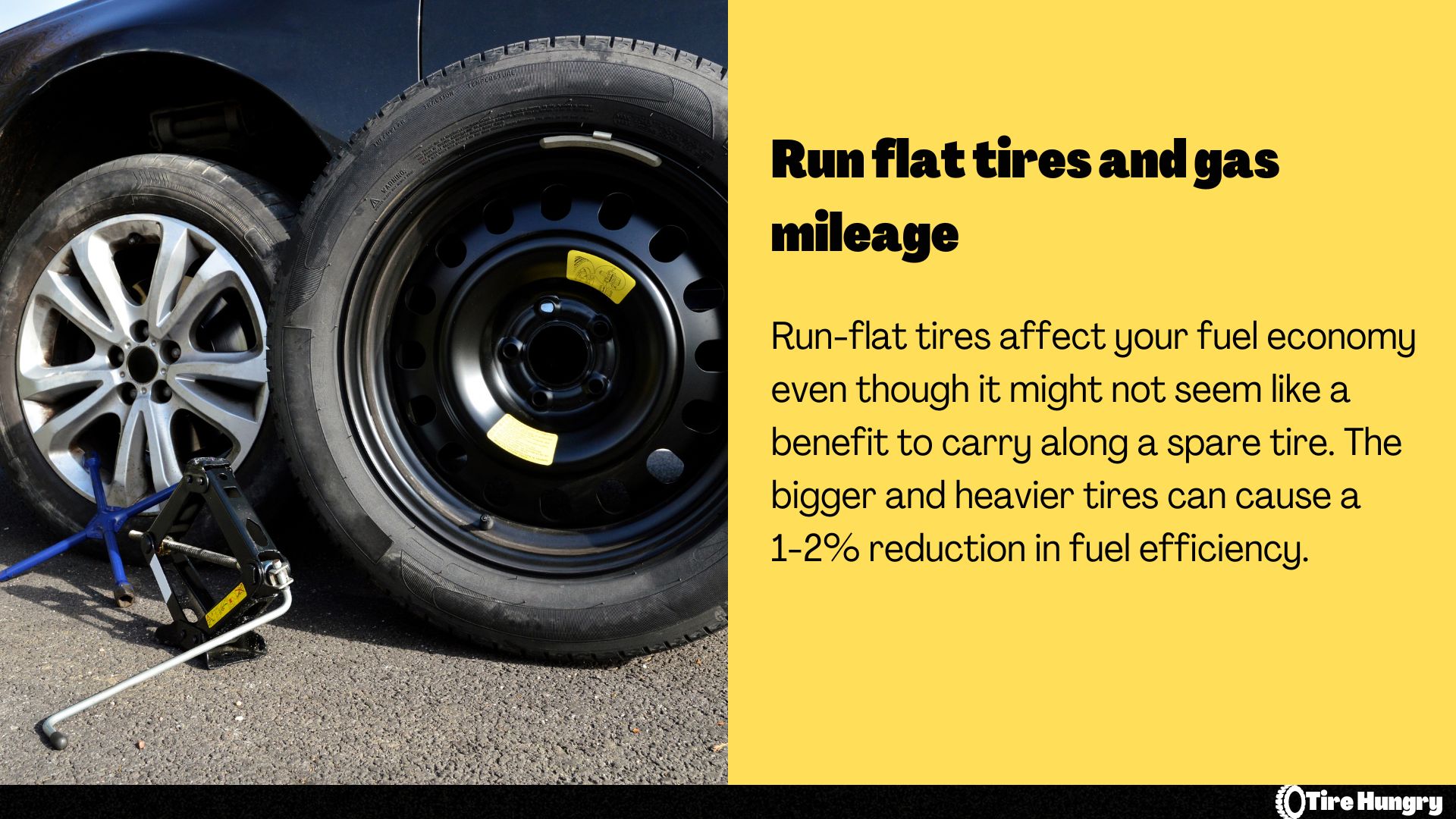
Well, it depends. If you own a car with a spare wheel and tire, you are going to save money on fuel because the added weight of constantly having to haul a spare tire in the trunk can affect your gas mileage. If your car comes with a tire inflation kit, these savings are negligible as they really can’t make a substantial difference.
Do Run Flat Tires Save Space?
One of the most notable benefits you get with run flat tires is added practicality, as you can completely free up all the space where a spare tire would usually go. Granted, your car might not even come with a spare tire or even a space saver tire (donut), but you should most at least have a tire repair kit instead. As such, the only time you don’t have to have anything in your trunk is when you use run flat tires.
What Are The Drawbacks Of Run Flat Tires?
- They are not as comfortable
- They cost more money
- Lack of choice
- Sometimes are useless
Are Run Flat Tires Comfortable?
The modern-day tire industry certainly has come a long way, which means that run flat tires don’t have to be uncomfortable to function as intended. However, this is typically only the case with best run flat tires from the premium segment made by premium brands. More “normal” economy-level and mid-spec run flat tires still do seem to be noticeably less comfortable than their non-run flat counterparts. This is mostly due to the construction, which inherently makes the sidewalls stiffer.
Are Run Flat Tires More Expensive?
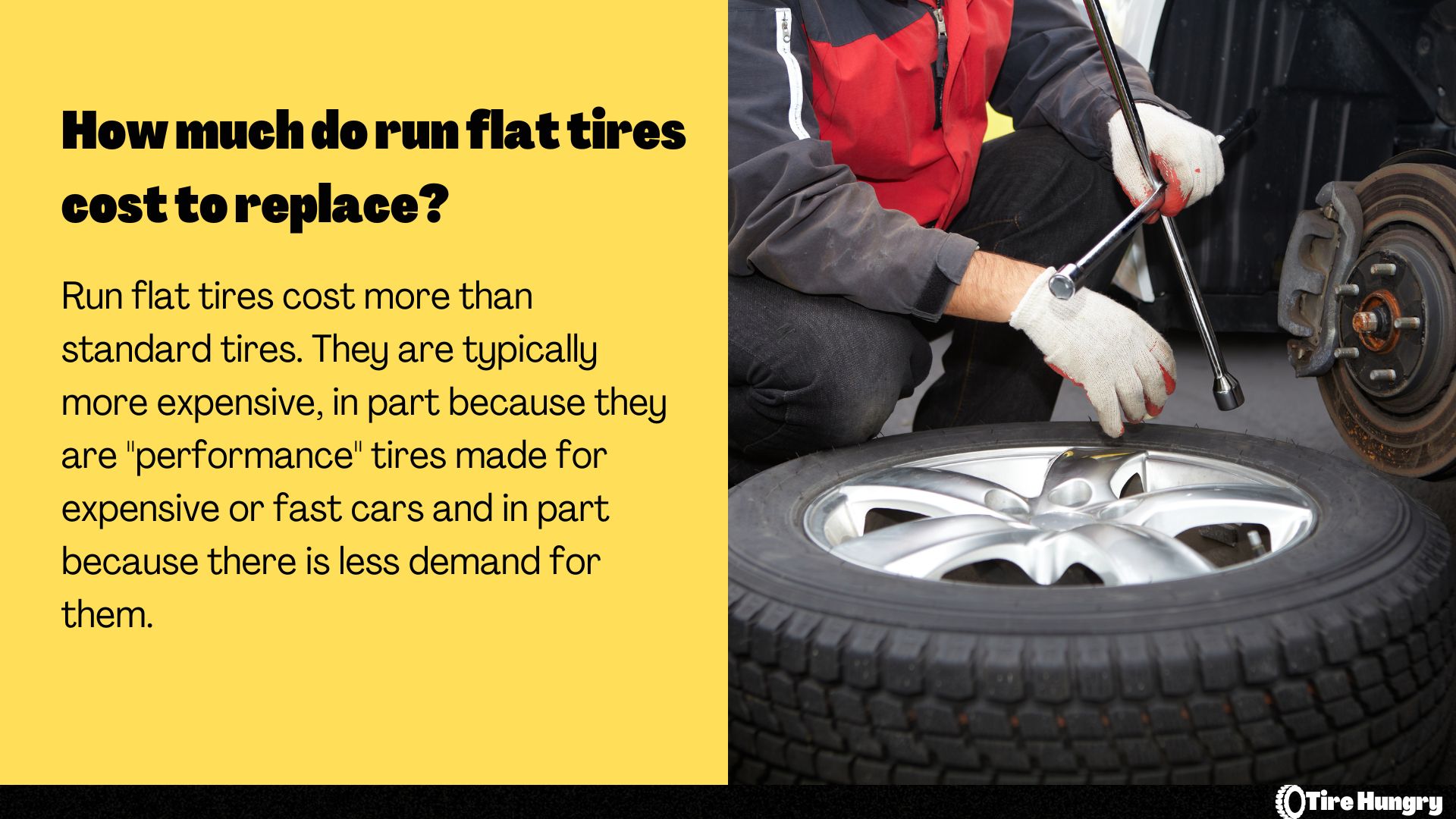
Run flat tires tend to be a bit more expensive when compared to non-run flat tires. If you combine that with the fact that only premium run flat tires are as comfortable as their non-run flat counterparts, it soon becomes clear that you need to pay a substantial amount of money if you want both a comfortable and completely functional run flat tire. A few reputable sources state that you are likely to pay around 25% more for a run flat tire as opposed to a normal tire.
Are Run Flat Tires Common?
Run flat tires certainly are becoming more common, but they still aren’t nearly as common as non-run flat tires. Moreover, some types of tires simply can’t be good at what they usually do in addition to being run-flat tires. Therefore, some higher-end performance tires are better off without all the compromises that come with run flat tire construction. This inevitably means that most tire types out there don’t come in run flat form.
Are Run Flat Tires Always Effective?
Run flat tires aren’t as effective as some people hope because you can’t typically drive more than 50 miles on a run flat tire. Moreover, you can’t really go quickly on a run flat tire, which can be utterly useless if you get a flat tire in a remote location. Some people believe that you can drive longer than 50 miles or so, but that is a disaster waiting to happen.
What Happens If You Drive On A Punctured Run Flat Tire For Too Long?
Well, if your run flat tire only has a slow puncture, you can exceed the limit a little bit and still be okay, but that is not an advisable thing to do in any case. It also isn’t true that you can exceed the limit if you only drive slowly, as a run flat tire can still destroy itself, even if you are not driving all that fast.
The fact of the matter is that all tires are designed to be inflated and will eventually fail without air. A run flat only prolongs the inevitable. As such, if you are still not convinced, you are going to damage your wheel permanently, which is a much more expensive repair. Moreover, if you damage your wheel, your suspension components could also go out of whack and even damage your steering system.
What to choose: Run-flat tires or regular tires?
Well, it depends. If you mostly drive your car around town, and you also have 24/7 road assistance, then it might not be as necessary, but run flat tires are beneficial either way. This is why so many automakers are keen on offering run flat tires with their cars, as they are becoming more and more comfortable while still being functional after a puncture.
Also, if your car comes with run flat tires from the factory, it might be a good idea to invest in new run flat tires in order to maintain your normal driving experience. However, if you own a performance car, and you want a set of high-end performance tires for it, sometimes you will not be able to mix both performance and the ability to drive on a punctured tire.
Can I Leave A Flat Run Flat Tire Overnight?
It is never a good idea to leave a flat tire overnight, no matter if it’s just a normal tire or even a run flat tire. However, a run flat tire is designed to withstand the weight of the car, which means that you can leave a flat run flat tire overnight if you didn’t drive really drive it.
Because run flat tires come with beefier sidewalls, it is important that these sidewalls are still in adequate shape before you decide to do so. However, not all run flat tires are the same, which means that particularly heavy cars could potentially end up balancing on parts of the wheel if your run flat tires are badly damaged, old, or simply of lower quality.
If you want to know if you can leave a normal flat tire overnight, be sure to click here.
Conclusion
Can I plug a run flat tire? No, you can’t plug a run flat tire because these tires are not reusable. Moreover, you can’t repair a punctured run flat tire in any way, shape, or form. Even if you are able to, the tire will not be as effective as it once was because the structural integrity of the tire is likely to be compromised even after just a few miles.
These tires are intended to let you drive a few dozen miles after losing air pressure, nothing more, nothing less.
